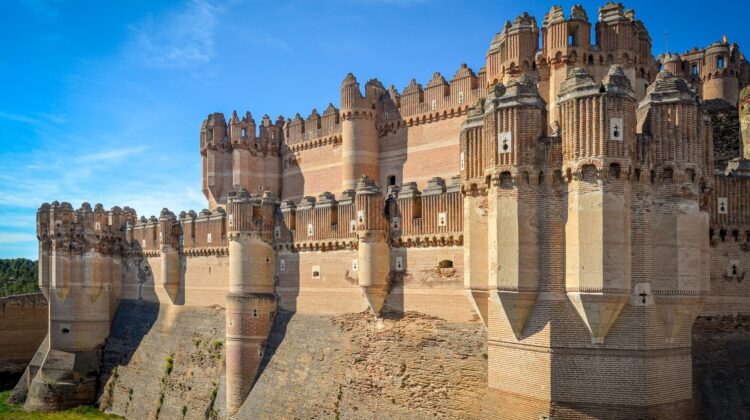
The 15th-century Castle of Coca, nestled in the heart of central Spain, stands as a testament to the beauty and architectural brilliance of the medieval era. This majestic fortress is not only a fine example of brick architecture from the 15th century but also showcases a unique blend of Moorish Muslim design and Gothic architecture, making it a standout among Spain’s medieval castles.
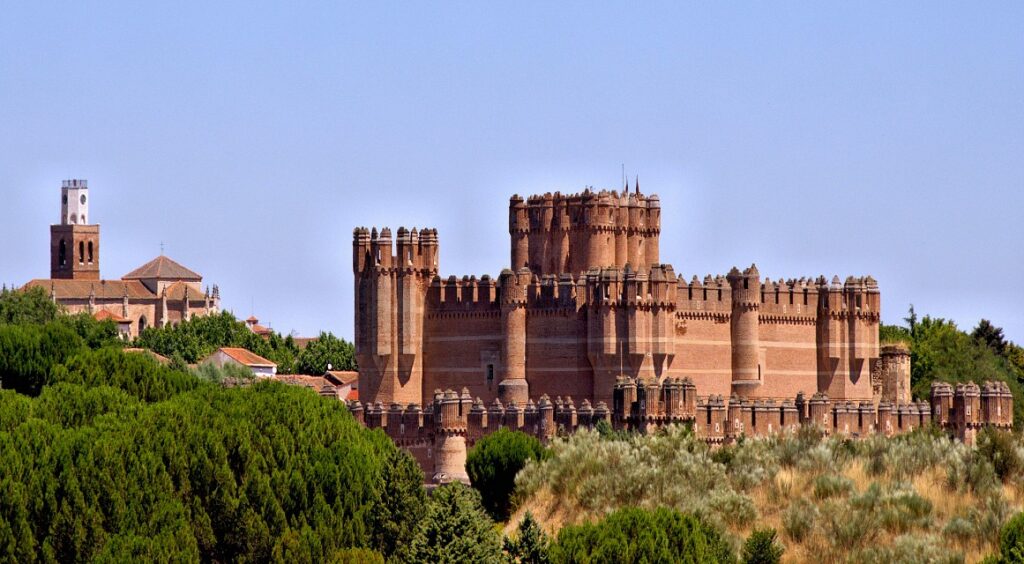
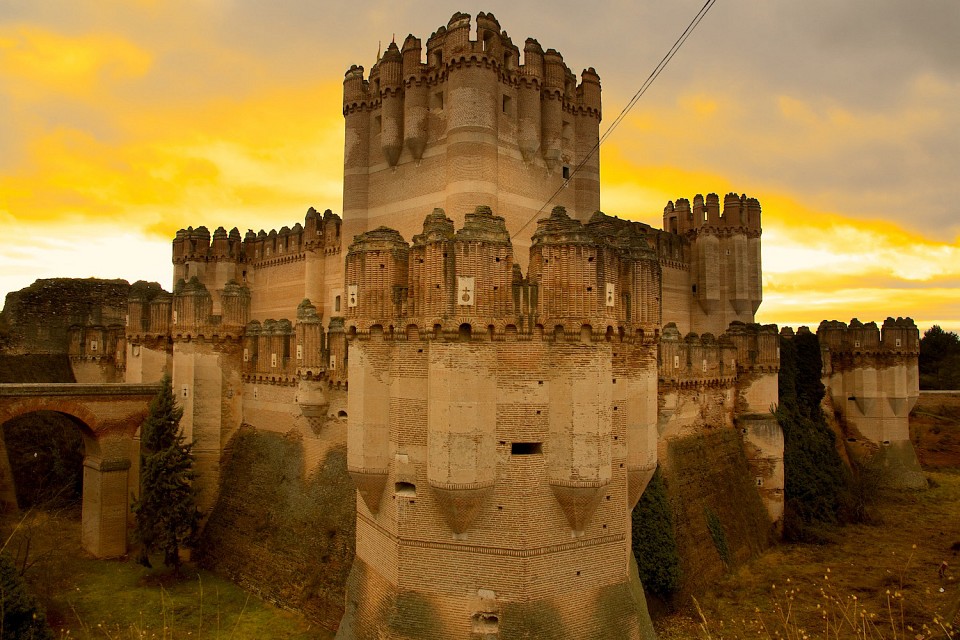
Located in the Coca municipality in central Spain, this historic castle boasts a rich history that dates back to its construction in the 15th century. Among its distinctive features is its status as one of the best-preserved and finest examples of Spanish Mudejar brickwork. The term “Mudejar” refers to the architectural style that emerged when Moorish engineers and architects applied their distinctive techniques and aesthetics to create remarkable structures in Christian territories.

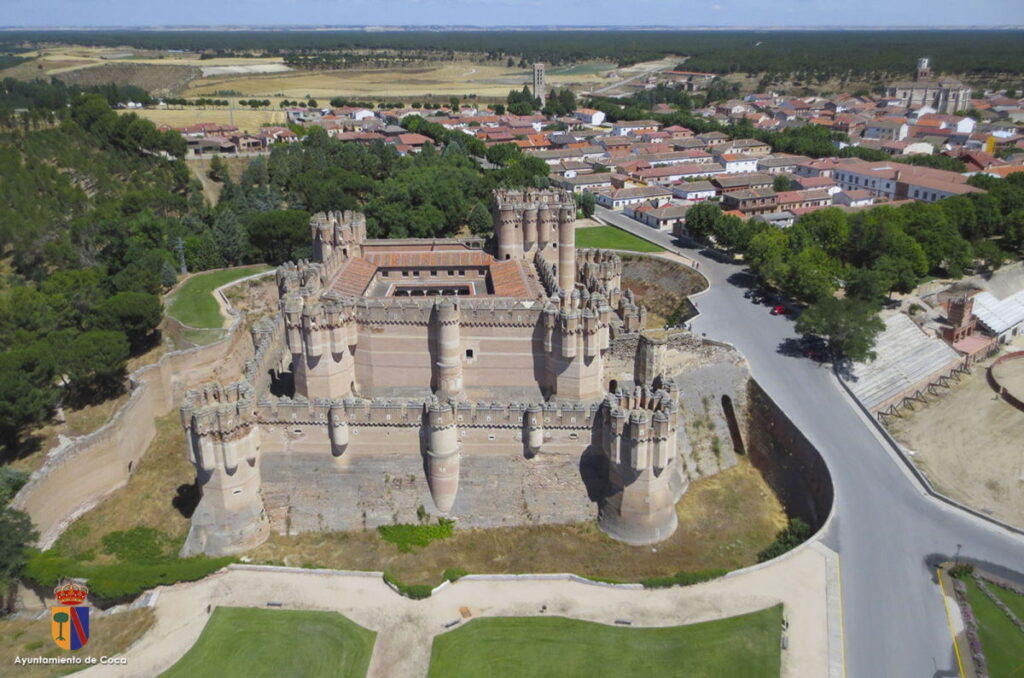
While many Spanish castles are perched atop hilltops for defensive advantage, the Castle of Coca stands out by being situated on a steep esplanade on the outskirts of the town of Coca. From this vantage point, it offers a commanding view of the meandering River Voltoya, a tributary of the River Eresma. Its unique location and strategic design include a deep and wide moat that adds an extra layer of protection to the castle, making it a formidable fortress.
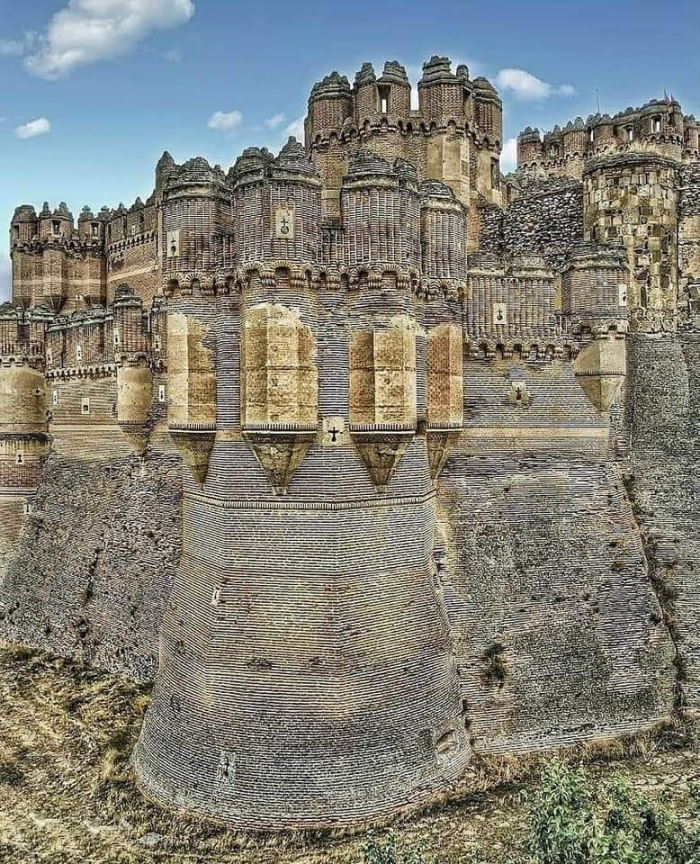

The construction of the Castle of Coca was carried out under the watchful eye of a Moorish architect and engineer, commonly known as an “Alarife” during medieval times. The primary building material used in the castle’s construction is brick, although these bricks are not your ordinary variety. They are specially hardened to withstand enemy assaults during sieges, a testament to the castle’s defensive capabilities.
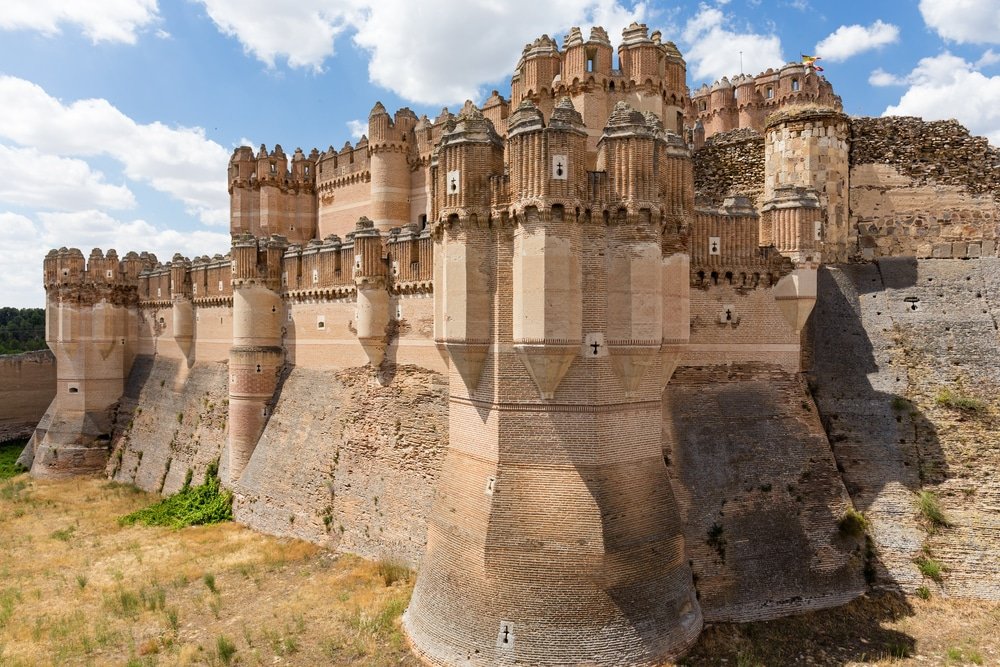
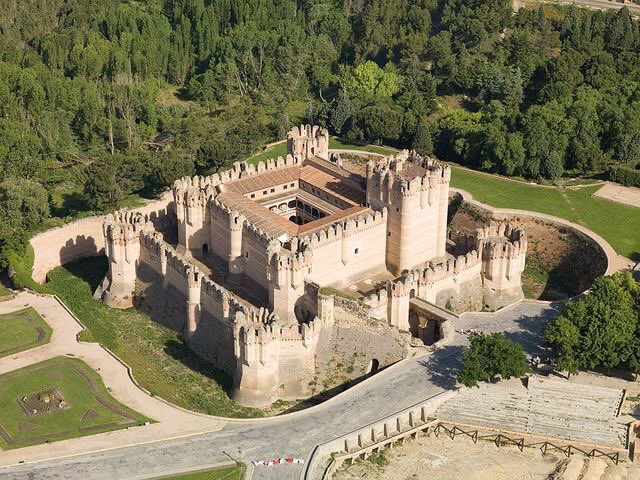
The distinctive brickwork, laid smoothly with mortar, showcases visible lines and patterns that create a unique visual appeal on the castle’s façade. The fusion of Moorish Muslim and Christian Gothic architectural elements is evident throughout the castle’s design, with intricate geometrical patterns created using brickwork and plaster.
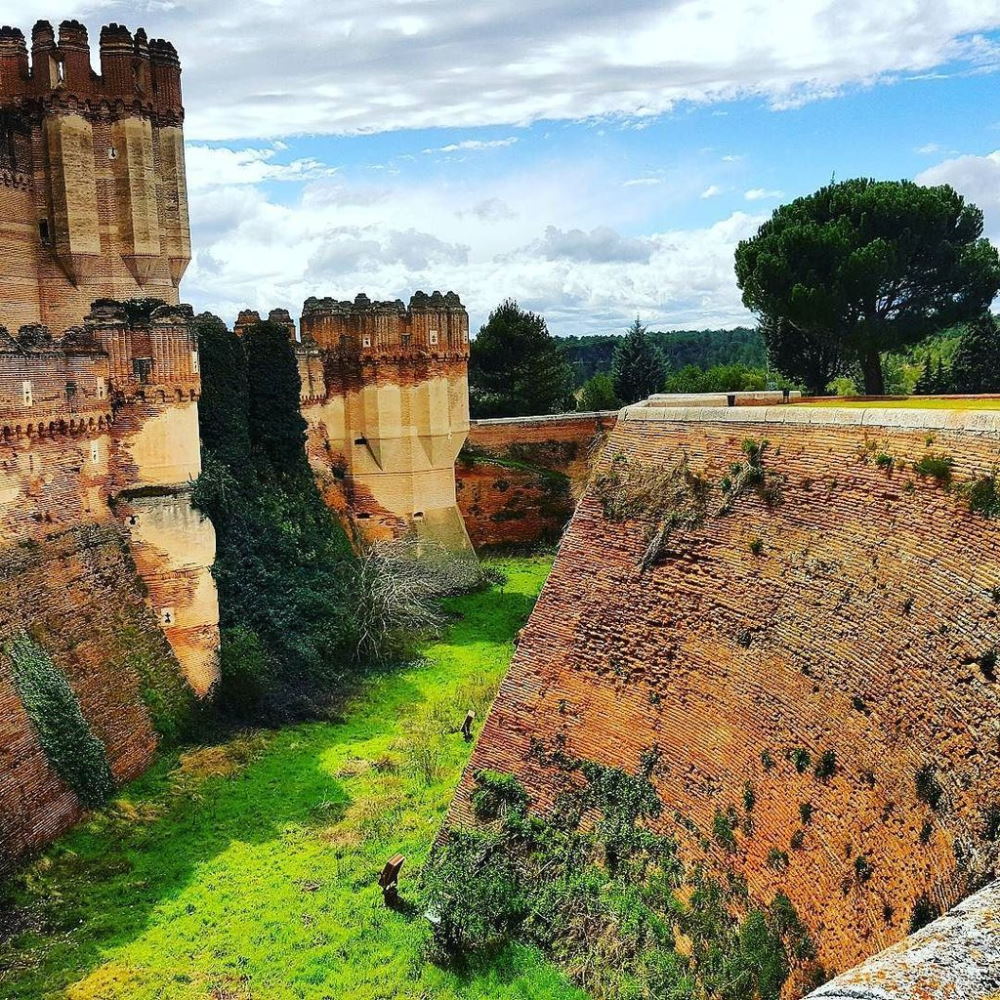
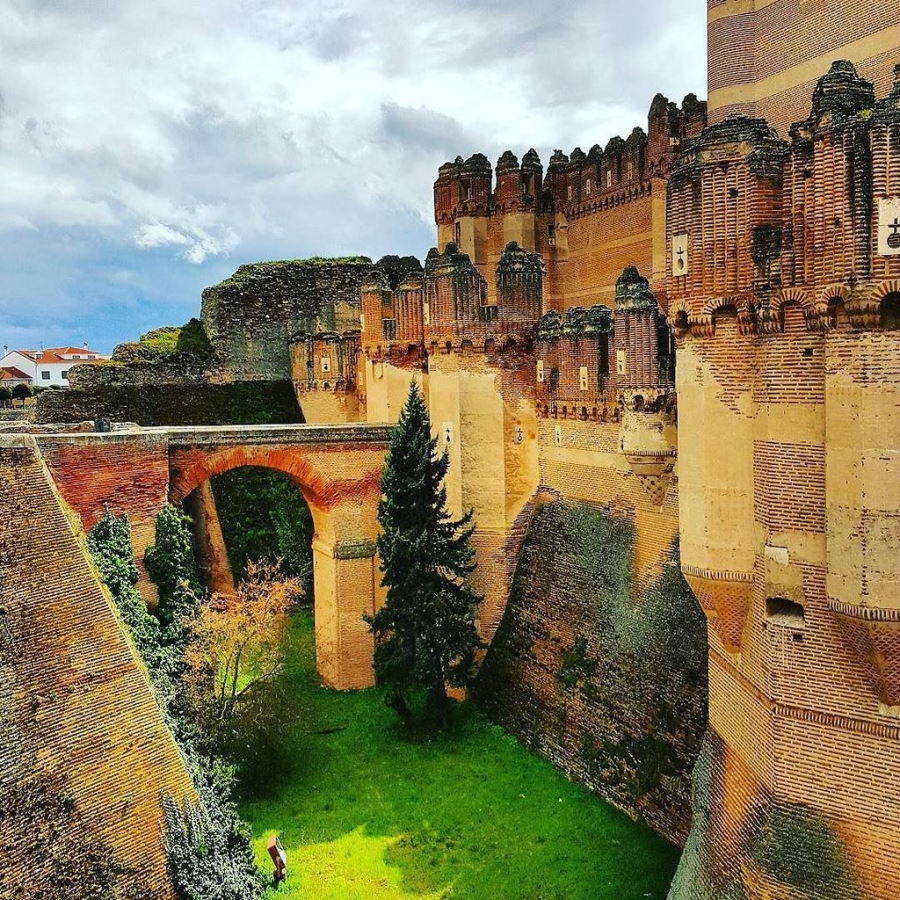
While brick serves as the primary construction material, white limestone and plaster adorn various parts of the castle. You can find white limestone used for columns in the courtyard, as well as in the construction of the keep and several other features on the keep’s façade.
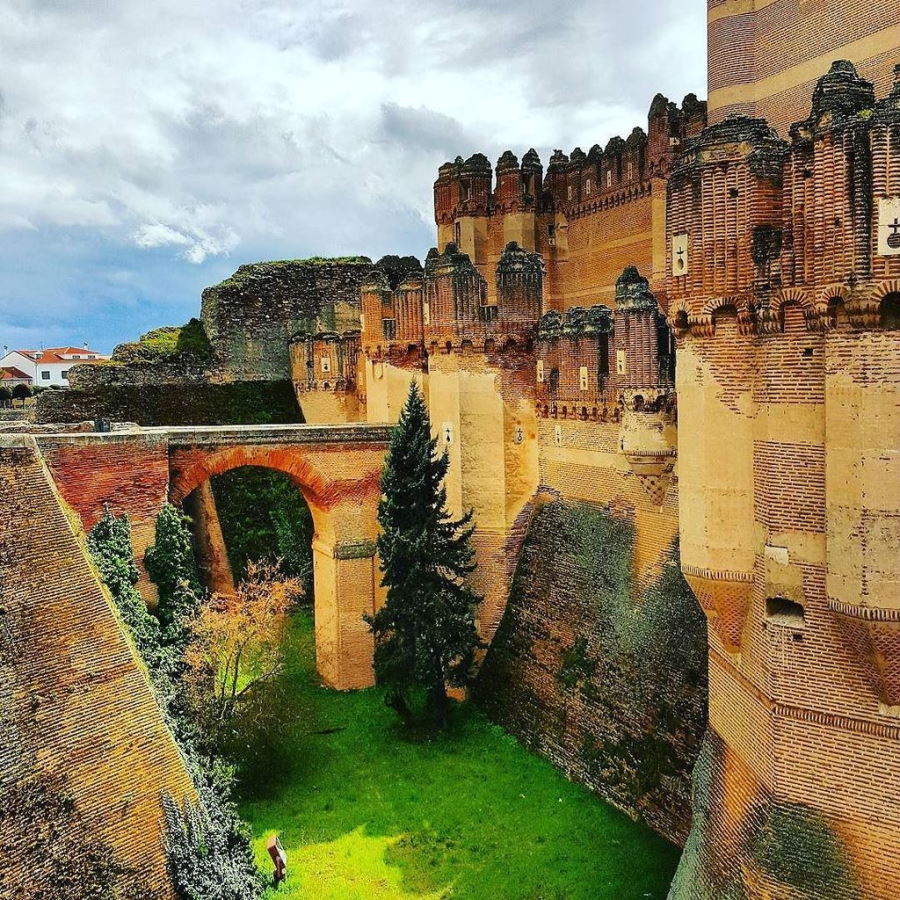
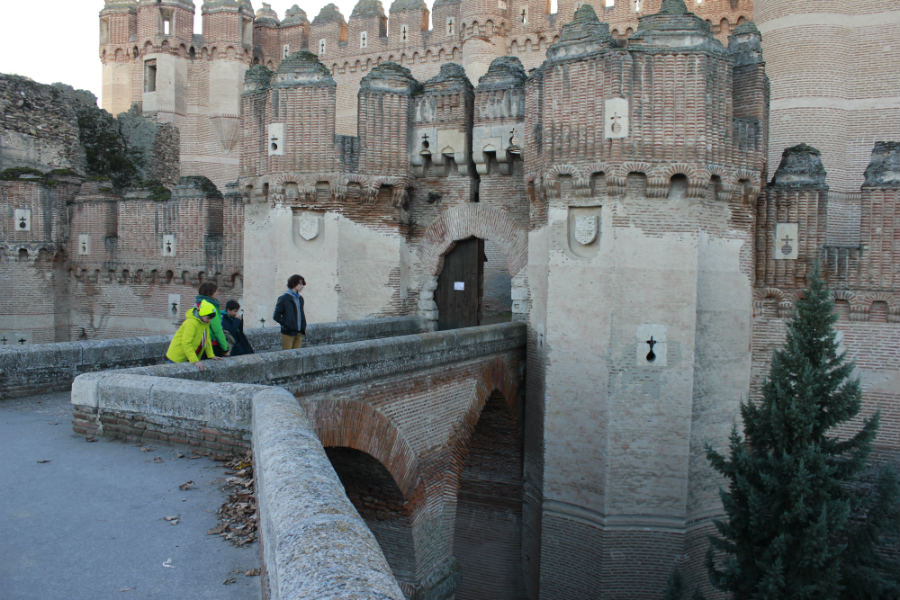
Visiting the Castle of Coca is a delightful experience, with ample parking available in the vicinity. The castle is conveniently located approximately two hours away from Madrid and just an hour from the provincial capital, Segovia. Keep in mind that weekends tend to be busier, but it’s also when visitors can explore the castle’s interior and uncover the layers of history that have shaped this remarkable medieval masterpiece.
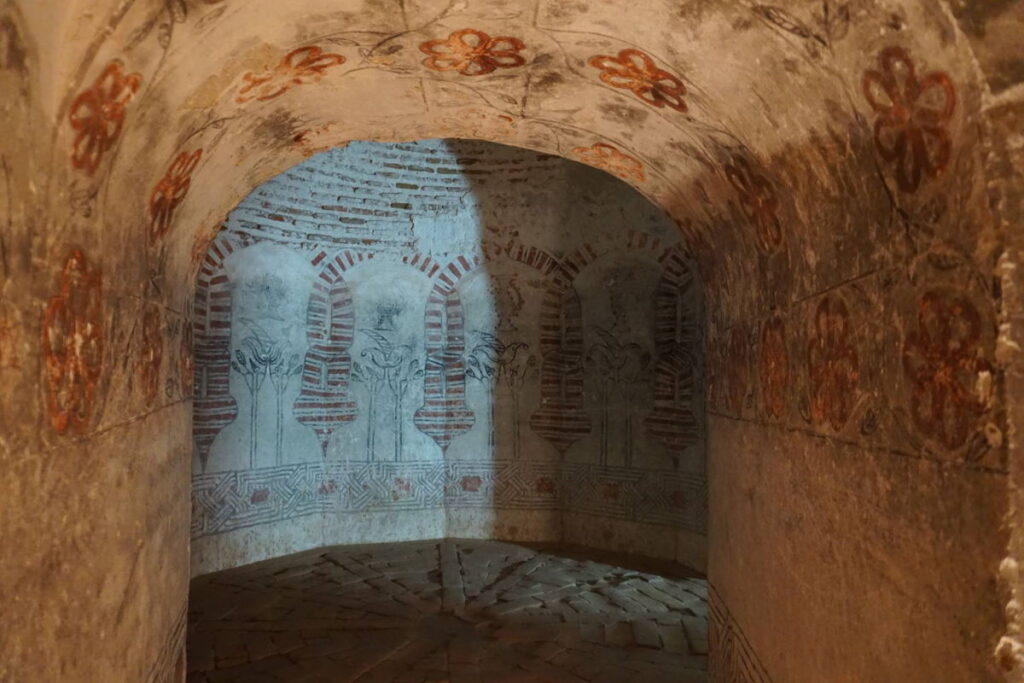
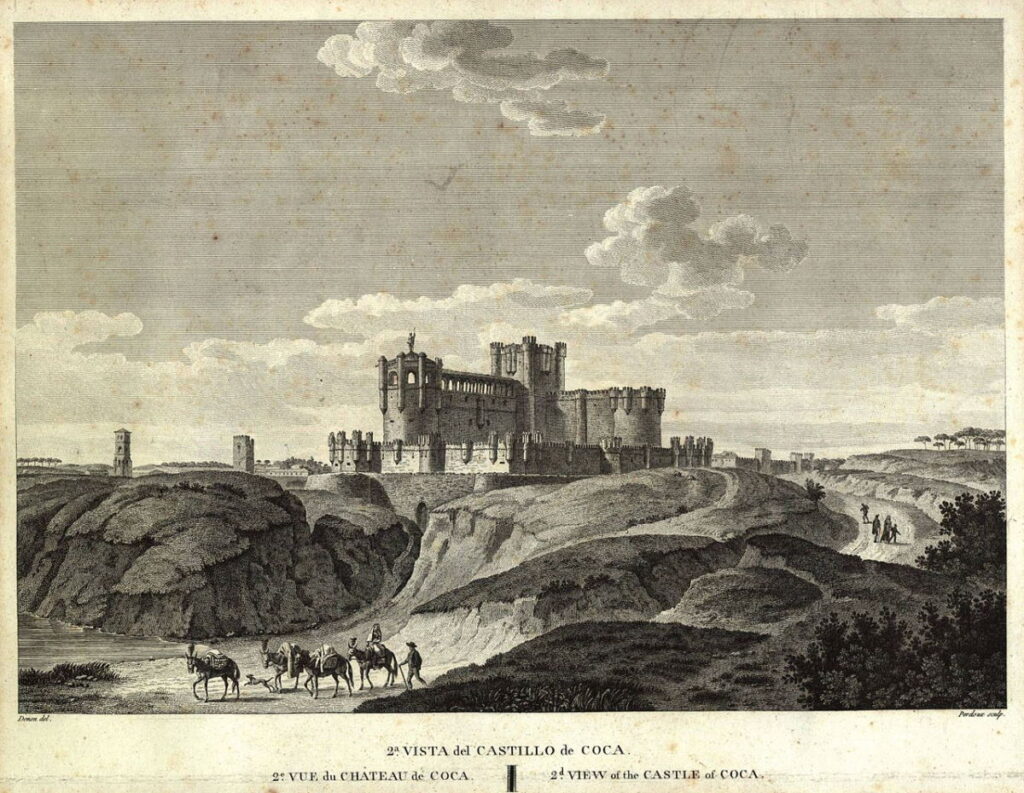
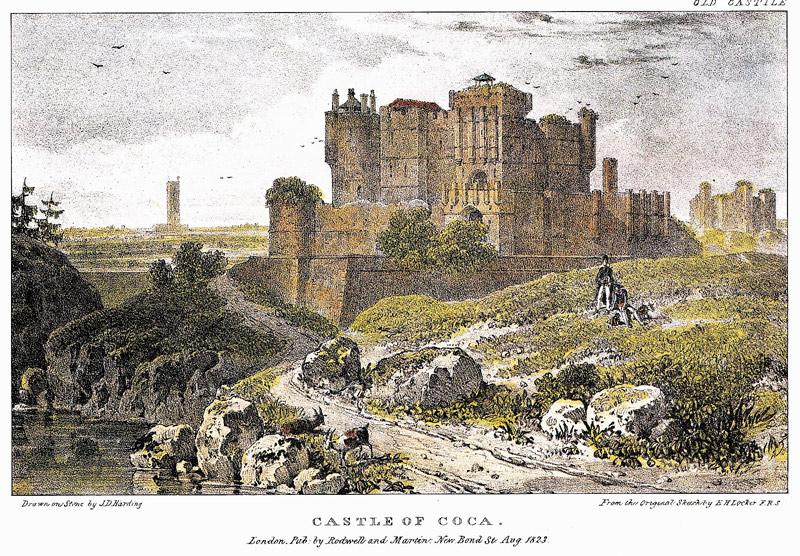
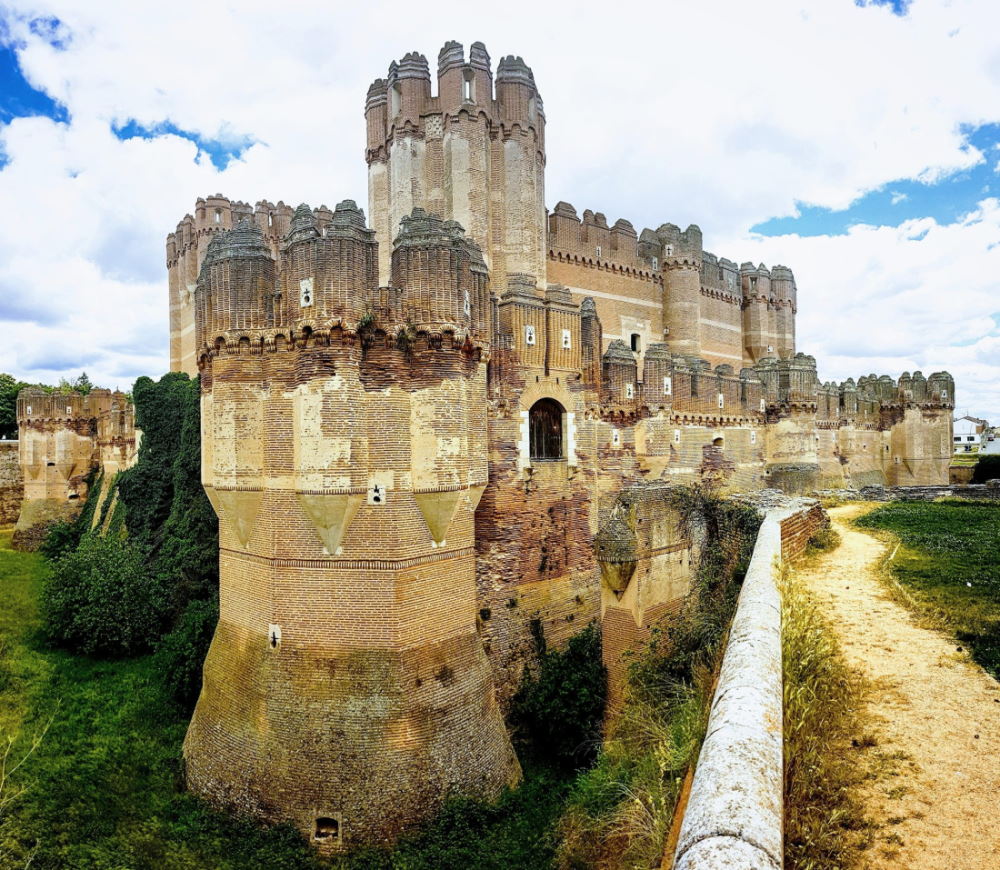
In conclusion, the 15th-century Castle of Coca in central Spain is a treasure trove of history and architectural beauty. Its unique blend of Moorish and Gothic influences, coupled with its strategic location and impeccable brickwork, make it one of the most captivating medieval castles in Spain. A visit to this historic site offers a journey back in time, allowing you to immerse yourself in the rich heritage of medieval Spain.

It’s not a 15th century castle… You said so right in this article… You don’t even know what you wrote… “The Arevaci inhabited that area since the 2nd century BC”…
“Theodosius I, also called Theodosius the Great, was Roman emperor from 379 to 395.” wikipedia.org
The bottom of the castle is clearly visible and those acquainted with castles can plainly see it has Roman Gothic design… I venture to say it was built long before 1000 AD, which predates the 15th century by a long shot…
The top half of the castle was added much later and your comments of Moorish influence are correct as written…
“From Wikipedia: “…These would later culminate in 1453 with Coca being exchanged for Saldaña. Construction of the Coca Castle began as soon as the treaty was ratified by Juan II….”
Wow, am definitely adding this place to my Bucket List!
Wish I had known of this castle on previous visits to Spain starting in 1969! Now on my bucket list for next visit!
Very good article! We are linking to this particularly great content on our site. Keep up the great writing. Patsy Cliff Krause
Amazing! I do wish you were able to post pictures of the interior living spaces. Can you do that, or is it not allowed?
“You said so right in this article… You don’t even know what you wrote… “The Arevaci inhabited that area since the 2nd century BC”…”
This is not at all the same as saying the castle was built in the 2nd century BC.
My husbands mother was a De Fonseca, and had ties to this castle. My husband was a great-great-great grandson of Juan de Fonseca. Both my mother-in-law and my husband are no longer living. She had done extensive research on her family name, but sadly I did not get to have her research.
So this article means a great deal to me and the photo’s are extraordinary.